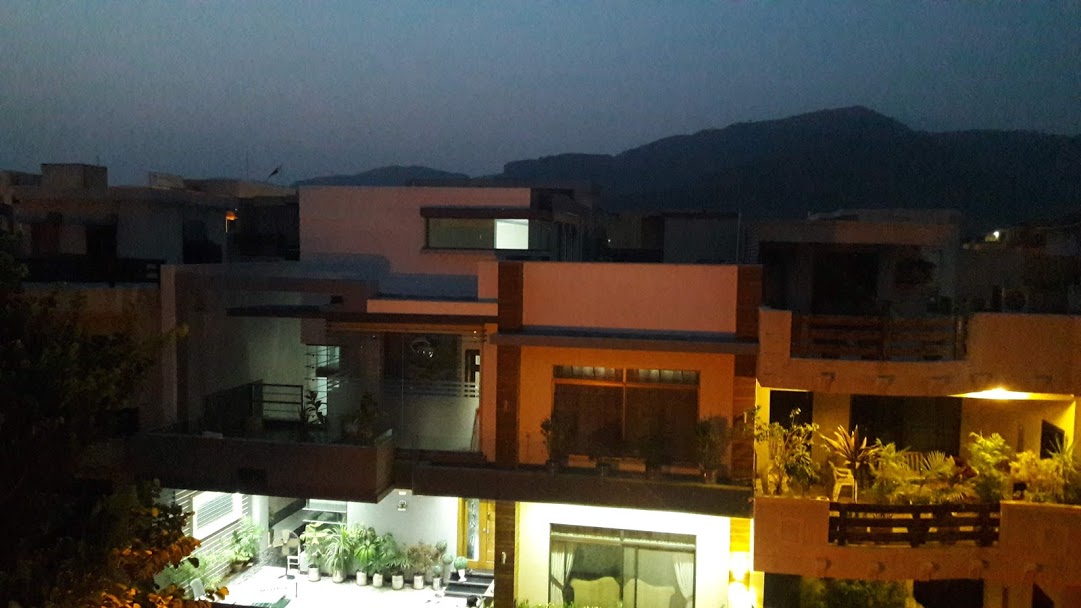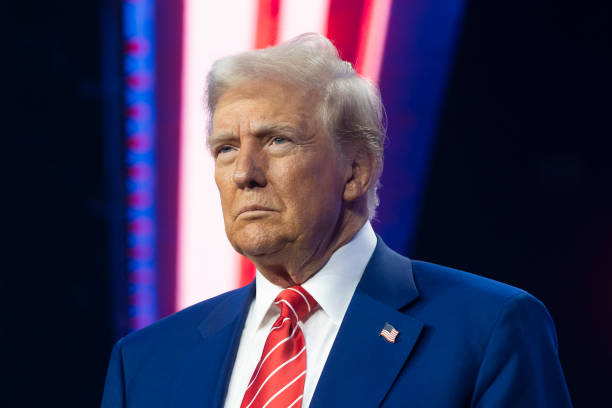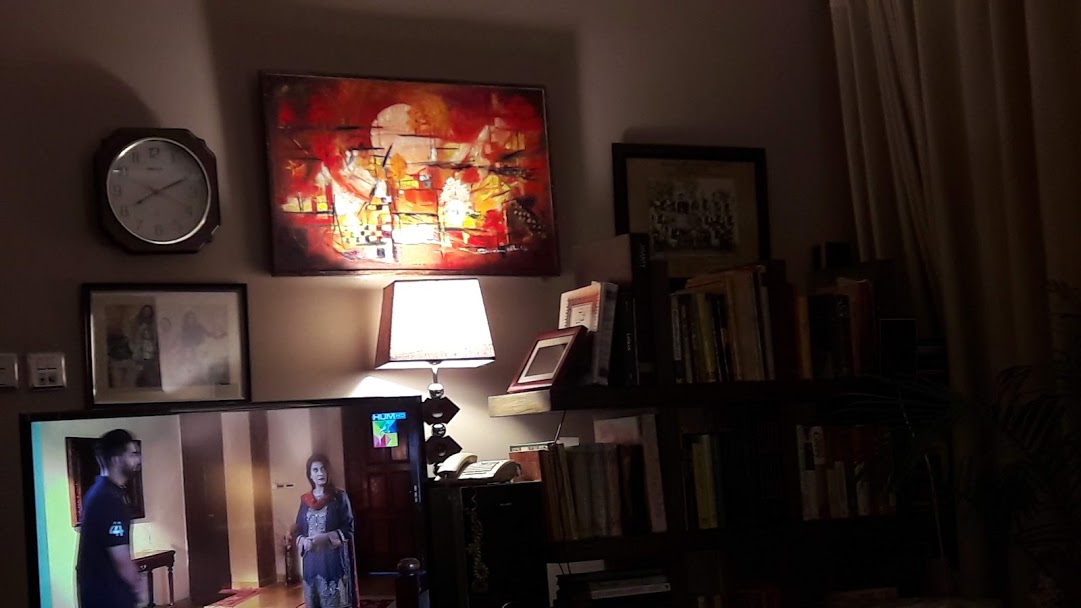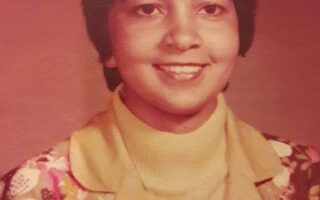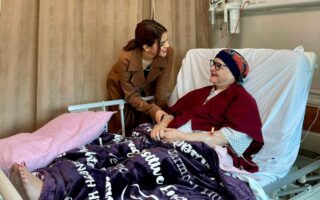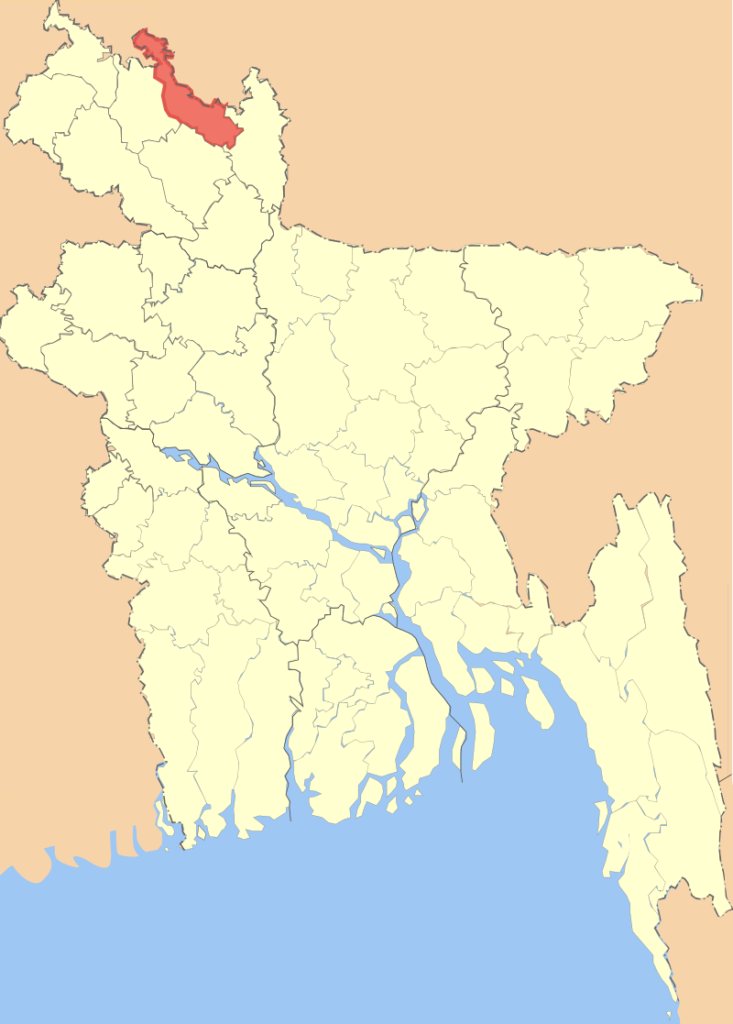
Hi Everyone!
‘Time,’ they say ‘is the greatest healer.’ However, December 16, is a date that no Pakistani can be immune to. First was the loss of East Pakistan, which became Bangladesh, after 25 years. Then, just a few years ago was the terrible tragic killing of students in a school in Peshawar.
However, we must learn our lessons, and then we need to move on as a nation.
Today, I want to share this piece written in 2015 by my father. He recounted this event, which is already present in military records.
Among the greater tragedies, the smaller victories get buried. That is what happened, to my father’s story.
The Fall of Dhaka on December 16th – around two weeks later – undermined, all incidents and victories such as this one. This story got buried under the tragic events of the times, when we lost East Pakistan.

The East Pakistan story is the greatest tragedy for all Pakistanis, when we lost our brothers to Contempt, Apathy and Mismanagement. It was the greatest political and martial failure. I hope we have learnt our lessons well, because the price we paid, was too heavy to bear.
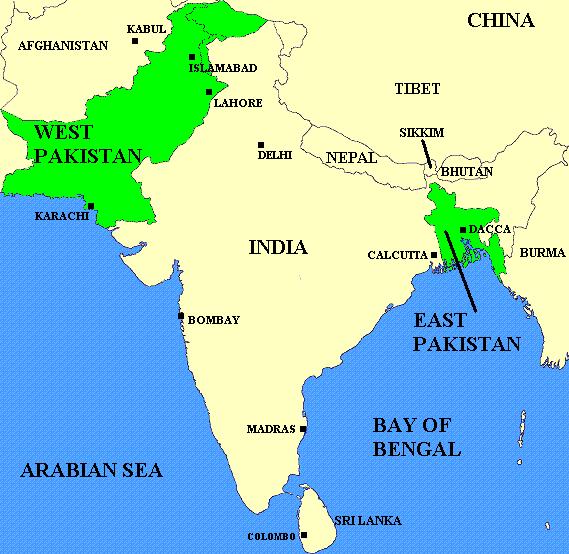
My father’s story:
The battle won, got lost in time:
My father had been commanding 16 FF in Bannu, (West Pakistan,) when his posting orders came to move to East Pakistan. It was in October 1971 – a time when everyone was trying to run away from East Pakistan.
I was a young teenager and vividly remember, my father’s friends telling him not to go, ‘do anything, but don’t go.’ Those who had recently returned from there, told him that it is ‘a sinking ship’. I heard my father’s reply ‘I’m a soldier, and I’ll go when I get the order to move.’

Here is his East Pakistan story:
BATTLE 0F GUN POSITION AT NAGESHWARI, DISTRICT RANGPUR.
During night of November 27/28th, 1971, East Pakistan.
By Lt. Col. M M Sarfaraz Khan. FF
After November 12th 1971 enemy activity increased considerably, in the area East of Sonahat. Similar activity was reported west of Lalmunirhat. Assembly of forces in large number was a matter of concern, the enemy thus far remained on their own side of the international border. Reportedly, 9 Mountain Brigade of Indian army was assembled very close to the border. It had an additional battalion of Mukti Bihani also. However this area did not fall under my responsibility. There were two battalions 8 Punjab and 25 Punjab to look after their own area.
One company of 25 Punjab, under Major Qureshi remained with me to fight three successive battles, after short intervals, against the enemy. This Company was extremely fatigued, yet responded to the call of its own battalion; which was located in a different area 80 Km away, North of village Nageshwari. The Company was to establish second line of defense in area Akber Bridge. Earlier, on 14th November the enemy successfully attacked a company of 25 Punjab in Bhurangamari. It is pertinent to note that no war had been declared so far between India and Pakistan, yet India decided to violate international boundary and capture Pakistan territory. In any event this was an unequal clash between a Brigade and a Company. This Indian Brigade had four Battalions three regular and one Mukti Behani.
Orders received to move to Nageshwari:
While this was happening in both the sectors I received orders from 23 Brigade Head Quarters to reach Nageshwari on 20th November 1971, the day of (Eid-ul-Fitr) at 2 pm. The new Brigade Commander A. S. Ansari would like to assign new operational responsibilities to me. Accordingly, I reached well in time on 20th November, and I found other two Battalion Commanders Lt. Col. Mohammad Husain SJ, (CO 25 Punjab) and Lt. Col. Saleem Zia, (CO 8 Punjab) were also present. The Commander arrived by helicopter almost simultaneously, we saw our company at Akber Bridge which had vacated its position and was running back towards us. Obviously, the Indian Brigade had attacked this company also and they had to withdraw in panic.
All the troops including the Company Commander were in poor state. Many of them were in a state of anguish because of the ordeal they had recently gone through. The village Nageshwari was about 6 Km South of Akber Bridge. Since helicopter was very close to the battle scene, Brig A. S. Ansari, the Commander quickly passed on his instructions to the three of us, quickly. He told both the other Lt. Colonels to go back to the Brigade Head Quarter at Rangpur. “I shall inform you of your further disposal tomorrow morning. This action has been necessitated due to the deteriorating operational control in the area of your responsibility.” He said. Turning towards me, the commander said “You have been appointed the next commander from this moment. I hope you will be able to handle this serious situation efficiently.” He also added that “people of Nageshwari village are pro-Pakistan. Look after them and make sure this village is not captured by the enemy.”
Shortage of weapons and manpower:
I quickly told the commander that there is a serious shortage of weapons and of manpower that may please be made up immediately (the details are available at the Brigade headquarters.) “We shall try and do our best, Inshallah.” The Commander took off to his Head Quarter at Rangpur.
Bleak situation:
I turned to look at the bleak situation and the demoralized soldiers who had recently having faced bitter defeat. The lack of resources and trained men, I needed to strengthen myself and them first. Upon reflection, the words of our hero Caliph Hazrat Omar Bin Khitab came to my rescue. He had said “victory does not necessarily come through big armies and more lethal weapons, Allah grants victory to the army which obeys His commands. So far we have beaten bigger armies in every battle we fought. Allah willing, these victories will continue, provided we remain worthy of Allah’s blessings.”
Young Bengali men helped defend their area:
Seeing the horrific situation, we requested the young Bengali men of the village to help us defend their area. They came in large numbers with digging tools and top covers for the trenches. They joined our troops and within two days and nights they helped complete our defensive position.
Indian army’s illegal penetration within East Pakistan:
Even though this place was over thirty miles from the Indian border we were witnessing Indian aggression within Pakistan territory. War had not been declared yet. The first move enemy made against my position was on my right flank on the 24th of November. This was held by 8 Punjab Company commanded by Major Ayub, this was my best company.
Additional trenches:
We had prepared our additional trenches slightly away from our main defense, depth troops were moved to occupy those when required. Artillery guns, three inch mortars, machine guns were opened on the enemy who withdrew in haste. Next day, on 25th November they did the same maneuver on my left flank. There was 32 Baluch Company under Major Saleem Raza a very fine commander. Here also we gave them a befitting response and they ran back in panic. Thereafter, there was all quiet at the front.
A patriotic Bengali villager forewarns:
On November 27th, 1971 at 3 pm a Bengali villager came to inform us that Indian troops are gathering for attack nearby. He had seen them constructing a bridge over Dharla River. This alerted us and we were forewarned.
I immediately, asked Major Ayub of 8th Punjab to detail a Platoon under Lt. Athar and send them to the gun position. Meanwhile I briefed the gunners what to do with this enemy. I then rang up Naib Subedar Mohammad Shafiq, (Senior JCO of Pakistan Artillery) and told him that a Platoon will soon reach him for protection of the guns, with small arms. We fired, and dispersed the enemy from the process of making the bridge. Bulk of the bridge was destroyed, and the enemy troops ran away into the jungle nearby. The firing continued for the rest of light hours, till the enemy disappeared completely.
Thereafter I felt we succeeded in disrupting enemy efforts to construct bridge, but I’m sure the enemy will be able to reconstruct the bridge with the resources available with them.
I knew an attack was imminent.
The state of weapons with my force was very poor. It was one third of the authorized number. To quote one example 18 LMGs are authorized in a Company. My companies had 6-8 LMGs only. Same was the state of other weapons. Still, we maintained offensive spirit. Screens were placed at night and a lot of patrolling was done all the time.
Indian plan to attack gun positions:
The enemy soon realized that we were very strong at this point. So, they planned to destroy our guns which had all along caused them heavy losses. Therefore they decided to send a force for this purpose. They sent two Companies of 4 Rajputs and 2 Companies of Mukti Bihani. These Companies made a long detour beyond the river deep inside Pakistan to attack the gun position from South. They infiltrated this force about 30 Km inside Pakistan.
Guns firing nonstop:
India had 12 Platoons for attacking the gun position (six Platoons of regular Infantry, and 6 of semi-military Mukti Bihani.) Pakistan had only one Platoon of 36 soldiers, for defense of gun position. When India launched a silent attack on gun position at 3 am on 28th November 1971, we were all awake and clearly heard the first shell fired, by our gun in defense. Thereafter all weapons were firing nonstop. Now, guns were fighting their own battle of survival. I was then expecting attack on our main defensive position. I warned the Company Commanders to remain prepared for such an attack. I was all the time talking to Naib Subedar Shafiq on the telephone. He was happy with the performance of the guns.
I told my men to hold their fire and let the enemy come within fifty yards. Both the guns and all the small arms should then open merciless fire. It should then continue till they are all killed or retreat. This is exactly how it happened, and the battle continued for nearly three hours.
During this time, close to the bitter end of the battle Naib Subedar Shafiq cried out for help after suffering very serious casualties. He even added that in the absence of support he may not survive after another half an hour. I assured him of help within fifteen minutes. I had withdrawn our night screen of Sub. Allah Ditta of Mujahid Batalian and added some more troops of 8 Punjab to make the strength to fifty men.
They were given two Dodges (a well known vehicle in those days) and one Toyota jeep to drive fast and attack the enemy from behind, using automatic weapons. I told them that ‘The enemy is attacking our gun position and defense Platoon and you must immediately counter attack reciting “Nara-e-Taqbeer Allah o Akber” repeatedly. Firing all your weapons in quick time, may you turn the table on the enemy and inflict decisive defeat on them. May Allah be with you, and grant you a noble victory.’
Defended the guns:
In this way we were able to achieve our objective of defending our guns, by spoiling their attack.
Indian journalist’s misleading description of event:
(This incident was later narrated by the Indian journalist Lt. Col. Daljit Singh (Retd) in his article printed much later, in The Indian Defense Review). He has written papers full of unnecessary details describing Indian Brigade’s victories against two Pakistani Companies, but failed to do justice to Pakistan victory against four companies of Indian army lasting three hours: 3.00 am to 6.00 am. When they had attacked two gun positions and suffered massive casualties at our hands.
Indians failed to mention details of victory by Pakistan army:
But in this case the writer failed to mention details of victory by Pakistan army. Pakistan had only one Platoon and Indian army had attacked with 12 Platoons, having the superiority of one to twelve. The writer also indulged in lies and inaccuracies he blamed Pakistan troops for mutilating Indian dead bodies.
Eye-witness accounts of 1965 and 1971:
This is something that Pakistan army troops never indulged in all their history of warfare. I am an eye witness to this statement, having fought in Runn of Kutch, 1965 War, and East Pakistan 1971. Such assertions by a famous military writer is pure defamation through lies.
Pakistani troops had meager resources:
The point to note here, is that though we had meager resources of men and arms. The local Bengalis and the troops made up for the appalling deficits.
Highly motivated:
They were all from East Pakistan, except the eight gunners, and all of them were highly motivated. They were used to offering five times prayers.
Each one had a small copy of Holy Quran which they kept in their front pockets. They were good in shooting because I had personally trained them.
I feel proud of my troops:
I feel so proud of my troops, and the most gallant gunners of Pakistan army. The enemy was twelve times stronger, yet they were soundly beaten. This incident reminds me of the Battle of Yarmuk- one of the most decisive battles in world history which was won by Muslims against Romans despite being in a ratio of one to nine in strength.
The words of our hero Caliph Hazrat Omar Bin Khitab came to my mind.
This battle is mentioned by the Indian Lt. Col. Daljit Singh (Retd.) as he wrote in the Indian Defense Review /’93:
“We paid rather a heavy toll … 9 killed and 54 wounded. We also lost a brave officer from the BSF – RS Uppal of 78 Battalion BSF at Raiganj Bridge. Besides we suffered another debacle later. When two companies of Four Rajputs launched a commando type raid on the Pakistani gun position at Nageshwari on the night 27/28th Nov ’71.
The Pakistani defenders allowed the Rajputs to come within 100 yards of the gun position and then opened fire mercilessly with small arms and 105 mm guns firing over open sights. The Gun position was being defended by *a platoon 8 Punjab and one company of Mujahids.* We lost one officer, one JCO and 36 OR including 7 missing. We also lost 3 LMGs , 6 SLRs, 2 stens and 1 GF rifle. Pakistan turned then killing into savagery since we found many Rajput bodies mutilated…. “
The facts have been misconstrued here, because I am a witness to that battle scene. We also found nearly 46,000 rounds of ammunition belted and in boxes.
*The correct version is:
1. Only one platoon of Mujahids 36 defended the gun position.
2. It may be noted that no mutilation of bodies was done, as was wrongly accused. Pakistan Army never indulged in acts of such cowardice.
3. Towards the end the spoiling attack launched by Pakistan troops proved a surprise and complete knock-out blow to the exhausted Indians who ran in utter panic to the safety of the improvised bridge and back to India.
I wish we had the resources, none would have returned safely.
Epilog:
Early in the morning I rang up the BM of 23 Brigade and gave him complete report of the prolonged battle at night and our resounding victory against Indian 9th Mountain Brigade. Please pass on this happy news to the Commander who appointed me as Commander in Nageshwari, GOC 16 Division, Commander Eastern Command General A. K. Niazi in Dacca.
The battlefield was littered with enemies’ dead and wounded. Numerous weapons including 5 LMGs, 6 SLRs, 2 Stens, GF rifles, and 46,000 rounds of ammunition and many other miscellaneous items of equipment were left by the defeated enemy.
We must show to the world what India was doing to Pakistan.
Regrettably, the BM informed me that he could not contact anyone. Nor could he come himself because he could not leave his office vacant. He informed me that the international journalists and reporters had been removed from Pakistan by the Federal Government. So, they too are not available.
The battles won, got lost in Time:
Hence a battle which was a feather in the cap of Pakistan army remained untold. At a time of dejection and feelings of utter hopelessness, knowledge of this incident would have been a ray of hope for all Pakistanis. Yet the upcoming events buried these facts into the quagmire of horrifying realities. Now, forty-four years later, I feel it should be narrated as it happened under my command, and not from the prejudiced eyes of an Indian officer alone.
Pakistan Zindabad!
PS: We as the victorious force stayed on at the same position for two days and one night, without facing any problems from Indian 9 Brigade.
********
This is complete narration by my father. (I have added the captions.)
My father, a proud Rajput soldier, came out of all this to find the country having to surrender on December 16th 1971. Later spending two and a half years as POW, in India. I can imagine what a blow it must have been.
Due to his bravery at the battlefields he was also given ‘special treatment’ at the infamous Tihar Jail, of India. Alhamdolillah, he returned to Pakistan on March 4th, 1974, unaffected by it all.
This is why, much later when he advised me, (during my rough patch in life,) ‘do not let it damage you.’ I knew he was speaking from experience; No matter what life dishes out to you, make a conscious effort to not let it damage you. I’ve seen him live this indoctrination.
Brig. M.M. Sarfaraz Khan, SI (M) met his Maker on February 22nd, 2019, in Islamabad, last year. May Allah rest his soul in peace.


